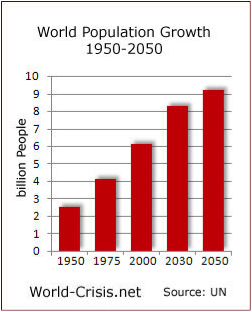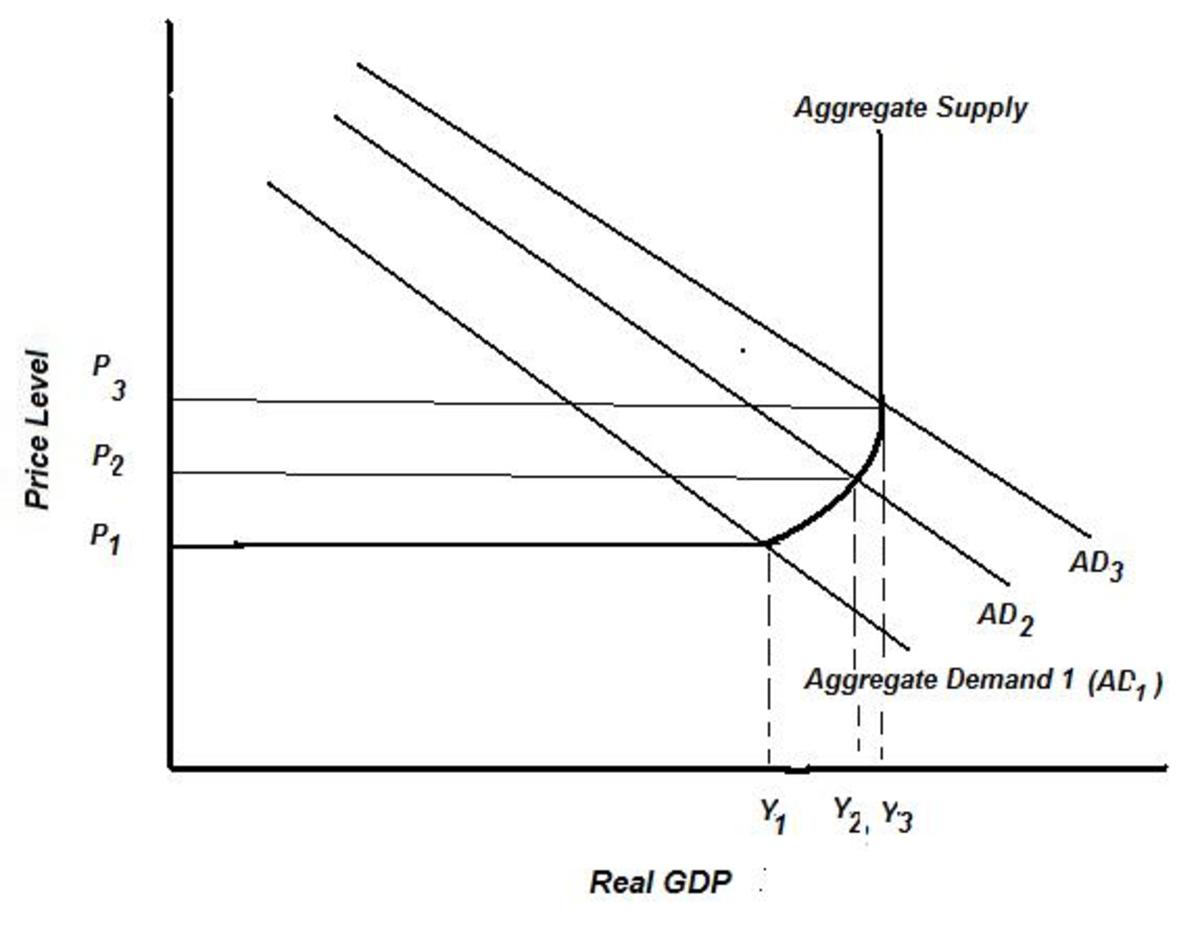Population, Production and Consumption

Habits and Connections
According to the U.S Census Bureau the world population is an estimated 7,001,598,414 as of 02:29 UTC (EST+5) Mar 20, 2012. Less than a year ago on July, 01, 2011 there were 6,946,043,989 people on the face of the Earth. That is a whopping 55,554,425 population increase in just seven months and is expected to increase by another 21,726,485 people by July, 01, 2012. With growth like that it is a wonder we are all somehow fitting on this planet, let alone surviving.
When populations rise so do production and consumption, or perhaps it would be more correct to state that when production is able to expand it is then able to support the growth of the population which then in turn consumes more. The interconnection of population, production and consumption is clearly evident, according to Contemporary Environmental Issues by Turk & Bensel (2011) during the rise of fossil fuels in the early 20th century. Rather than simply be satisfied and reside in the comfort of an over-abundance of goods and maintaining a level population humans, apparently feel the need to use up those goods and resources by procreating in numbers larger than what is necessary to ensure the survival of our species. It is somewhat ironic that our continuous population growth and over-use of goods and resources may well be the very destruction of our kind brought on by our own hands.
The problem is that what seems to be the simplest answer to this particular production and consumption habit would be a catastrophe if utilized. The most straight forward resolution would be to limit population growth, which is exactly what some countries are doing in hopes that this will end the cycle or limit production and consumption. The problems with some of these limitations are that limiting one would almost certainly result in a downslide or even collapse of the others because they are so intertwined which may seem good at first until one considers the fact that the global economy rests on them all. If populations were limited then there would be less demand for production due to lower consumption values and then the economy falls. If production were slowed it would be unable to sustain the current population for long which would then lead to a population decrease and the same could be said for limiting consumption. Unfortunately this knowledge is anything but reassuring as it is clear that the current population, production and consumption rates offer no hope of longevity for our species on this planet.
According to a 1996 U.N. presentation by Erik H. Brandsma “the global economy is expected to grow at an average rate of 3-4 % per year, and global GDP will grow from 20 to 200 trillion dollars by the middle of the next century.” Now in light of the fact that the current global carrying capacity for our current environment on this planet cannot handle much more as it is it is interesting to read that he also says “for its capacity to absorb CO2 emissions, a tenfold increase will seriously challenge human creativity in designing an economy that will provide global prosperity and can be environmentally sustainable” (Brandsma, 1996). So basically, the human race would almost need to redesign its current methods of production and consumption completely in order to ensure our environments ability to sustain us, which is at best a highly improbable scenario. Of course, there are other production and consumption issues to consider as well that may have an effect on the cycle.
Birth and death rates appear to be effected by accessibility to good health care, sanitation, education, stable food production and standards of living. The evidence for this can be found in historical data from the mid to late 20th century which shows a significant population decrease after developed countries gained access to reliable birth control, better health care and quality foods on a regular basis as well as required education implementations (Turk & Bensel, 2011). So in reality the whole circle starts and ends with population.
If birth and death rates could both be kept in a moderate to low region then perhaps the environment could begin to recuperate and replenish the resources we require therefor allowing a sustainable production industry and a stable consumption rate through which to support it. Which leads us to the final point, the reality is that although it would require some effort and some adapting, the human race could accomplish what is necessary to sustain us on this planet, and humans have been notorious throughout history for adapting. Currently the U.N. and many other organizations around the world are working on a solution, but it is likely that the solution to curbing our current population, production and consumption trends would need to be made up of several small solutions. Bills and agreements that gently limit population growth while encouraging stability in production as well as working towards ensuring that all people have access to health care, sanitary conditions and education would really go a long way.
References
Grid-Arendal/UNEP, 2010, Kick the Habit Annex
Turk, J., & Bensel, T. (2011) Contemporary environmental issues San Diego, CA: Bridgepoint Education, Inc. https://content.ashford.edu/books/AUSCI207.10.1
U.S. Census Bureau, (2012) World PopClock
http://www.census.gov/population/popclockworld.html
Brandsma, E. (1996) More or Less Sustainable








